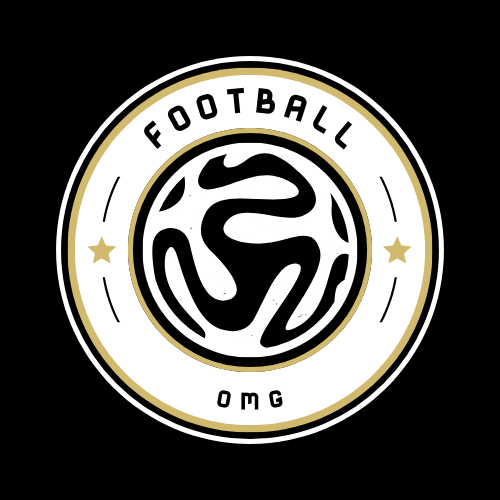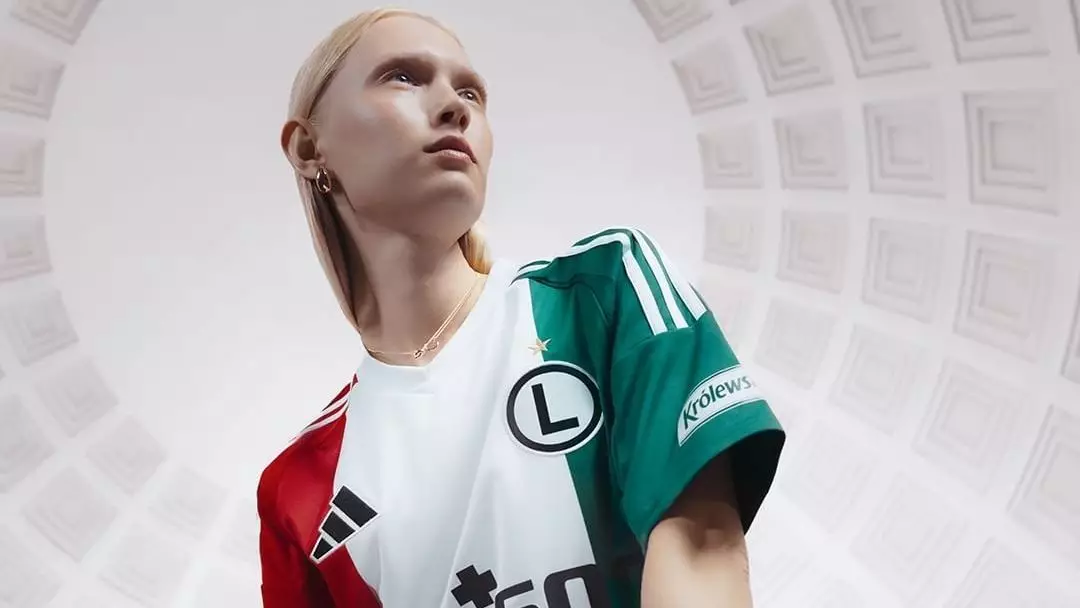Football doesn’t just stay on the pitch; it spills over into lifestyle and culture, often reflected in the stylish kits donned by players and fans alike. Season after season, kit designers work diligently to create pieces that not only serve their functional purpose on the field but also captivate onlookers with their aesthetic appeal. The current football season has been marked by a wave of stunning kit releases that aim to strike a balance between tradition, modernity, and innovation.
One of the most enduring aspects of football kit design is the use of classic color combinations that evoke an emotional response. For instance, the compelling mix of deep navy and gold offers a sense of regal sophistication. Designers have begun to experiment with patterns and textures that reflect the cultural and historical significance of their clubs. A kit featuring a classic chevron design, adorned with retro branding from established manufacturers, speaks not just to nostalgia but also to a modern audience that appreciates the amalgamation of past and present.
The Bari FC third kit beautifully exemplifies this ethos. With its smoky grey fabric complementing the classic outfield designs and incorporating the intricate patterns reminiscent of the Cathedral of San Sabino’s mosaics, the jersey encapsulates the spirit of its locale. The details are more than mere embellishments; they are storytelling elements that create a deeper connection between the fans and the club’s history. The choice of colours and textures makes this kit a visual feast and a nod to the players’ heritage.
The current trend also sees clubs taking bold steps with special edition kits that tell a story or promote a cause. For instance, Bayern Munich’s women’s team released a novel kit in collaboration with fashion model Lena Gercke, featuring a delightful harlequin pattern. This creative endeavour underlines the power of fusion between sports and fashion. Specific elements, such as the incorporation of charity-based symbols, add an emotional layer to the design, making it more than just clothing — it becomes a vehicle for awareness and social responsibility.
Brisbane Roar’s checkerboard away jersey designed by Chad Gibson further highlights this innovative spirit. This isn’t merely a departure from traditional designs; it’s an artistic interpretation with attention to detail that celebrates the club’s legacy. The maroon checks intricately crafted from the club’s crest not only catch the eye but also resonate with long-term supporters, translating a sense of pride into a tangible item. Indeed, this reflects a broader trend where kits serve as a canvas to celebrate club ethos and identity.
Another compelling approach in kit design is the homage to local culture and history. The Brave’s new kits, for instance, draw inspiration from Glasgow’s rich architectural heritage, translating the beauty of tartan and the works of Charles Rennie Mackintosh into wearable art. Both the home and away kits possess a distinctly modern style while honoring traditional Scottish motifs, showcasing how football attire can reflect regional pride and cultural significance.
On a similar note, Cambodia’s national team unveiled new kits that embody the essence of Angkor Wat through unique woven patterns. The design serves as a powerful reminder of the nation’s historical landmarks while creating a strong visual identity that players can wear proudly on international stages. The representation of such significant locales reinforces the idea that football is not just a sport; it’s an ambassador for culture and history.
As football continues its global expansion, clubs are tapping into their identities to create robust and engaging designs. For instance, Colombia’s centenary kit pays tribute to its past by reviving classic elements from the 1945 South American Championship jersey. It serves as a visual anchor connecting the club’s rich history to its present, while also appealing to modern sensibilities with elegance and flair. The involvement of iconic figures such as René Higuita in promotional campaigns adds an additional layer of allure, merging nostalgia with contemporary relevance.
In Poland, the creation of a tricolour shirt reflecting the national colors, accented with blocks that echo the club’s matchday flags, showcases the spirit of collective identity. This design embodies a unified visual expression that resonates with supporters while also adding a modern edge that elevates the overall appearance.
As we navigate through the 2024-25 season, it becomes clear that football kits have transcended their initial purpose. They are no longer mere uniforms but rather powerful symbols of culture, history, and creativity. The evolution of jersey design reflects a broader trend where fashion and sports continue to intersect, leading to stunning visuals that resonate with players and fans alike. With each new release, we can only anticipate what innovative designs will grace the field next, ensuring that the world of football remains as stylish as it is competitive.

